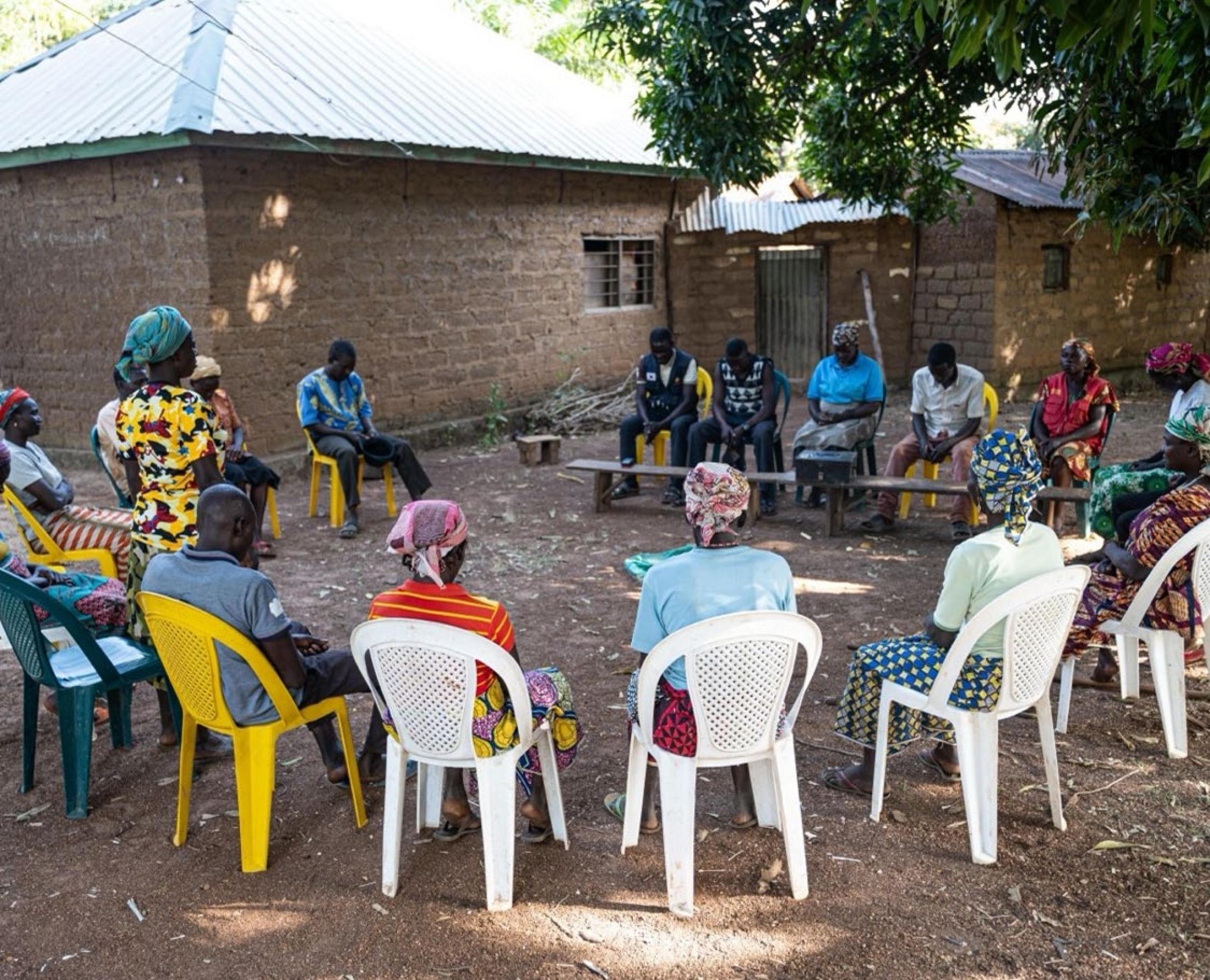The Road to Inclusion: Advancing Disability-Inclusive Protection Programming and Coordination in North-East Nigeria
Category
Applied Accompanying Research IASC-Guidelines Nigeria
© CBM/ Nelson Apochi Owoicho
Have a look at our latest publication on disability inclusion in humanitarian action in north-east Nigeria. The report draws on field research conducted by our research partner, the Institute for International Law of Peace and Armed Conflict (IFHV). It examines both the progress made and the persistent gaps in integrating disability-inclusive approaches into protection efforts.
The ongoing humanitarian crisis in north-east Nigeria is shaped by protracted conflict and insecurity, recurrent flooding, large-scale displacement, and poverty, all of which create severe challenges for vulnerable populations. The report finds that although disability inclusion has gained visibility in north-east Nigeria’s humanitarian response, its practical application remains uneven and often treated as an “add-on” rather than a foundational principle.
Key actors—including disability-focused INGOs like CBM, UN bodies, and the Disability Working Group (DWG)—have advanced the IASC Guidelines on the Inclusion of Persons with Disabilities in Humanitarian Action and its four “must-do” actions. The DWG’s technical inputs have also helped shape the Nigerian Humanitarian Fund’s “Breaking Down Barriers” allocations, fostering greater attention to accessible infrastructure, disaggregated data collection, and participation of Organisations of Persons with Disabilities (OPD).
Yet, most UN agencies operate under disparate frameworks, and protection partners have to integrate disability-sensitive objectives and training consistently into their strategies. Funding for inclusive initiatives remains ad hoc, capacity-building efforts are sporadic, and data-disaggregation methods lack standardization, leading to gaps in targeting—particularly for women, children, and persons with psychosocial disabilities—and accessing reasonable accommodation such as sign-language interpretation or ramps. Frontline staff often lack the specialized skills to translate policy into practice, resulting in mixed accessibility of, for example, distribution sites and feedback mechanisms.
Despite these challenges, a gradual shift toward rights-based dialogue, increased OPD engagement in sectoral planning, and emerging communities of practice signal a positive trajectory. To consolidate these gains, the report underscores the need for harmonized guidelines, sustained funding streams, systematic capacity development, and strengthened accountability structures to ensure that disability inclusion becomes the norm rather than the exception.
We invite readers—whether practitioners, policymakers, or advocates—to further explore key findings, lessons learned, and recommendations for building more inclusive humanitarian responses:
This publication is part of the project “Phase 3 – Leave No One Behind”, which was jointly implemented by Handicap International e.V. – Humanity & Inclusion (HI), CBM Christoffel-Blindenmission Christian Blind Mission e.V. (CBM), and the Institute for International Law of Peace and Armed Conflict (IFHV) at Ruhr University Bochum. Funded by the German Federal Foreign Office.